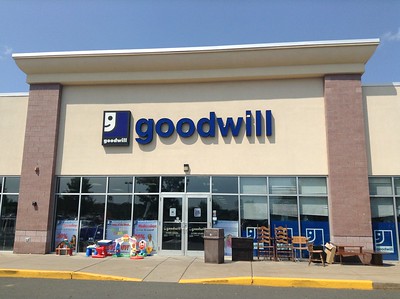Last week, the Washtenaw County United Way released an update on households on the economic margins in the county. Asset-limited, income-constrained, employed (ALICE) is a measure the United Way uses to identify households that live above the poverty line but cannot afford basic needs. Since 2019, the number of ALICE households in Washtenaw County has risen faster than the number of households at or below the poverty line.
According to the United Way, the number of ALICE households in Washtenaw County jumped from 43,663 in 2019 to 59,125 in 2021. That’s an increase of more than 35% in just two years. So, who lives in ALICE households? Twenty-five percent of single and non-married co-habitants live in households that fit the ALICE definition. Among families with children, the United Way designates 18% as ALICE. Among seniors, nearly 40% of them live in ALICE households. More Black (43%) and Hispanic (36%) households fit the definition of ALICE than White (28%) and Asian (26%).
The increase in the number of households that can’t make ends meet is troubling, especially since economists include those years as part of post-Great Recession economic boom. The impact of COVID-19 may have initially skewed the number of struggling households, but at the same time, the federal and state governments provided more assistance to qualifying households than ever. Increased unemployment benefits, increased eligibility for Medicaid, moratoriums on evictions, increased tax credits, and increased food assistance should have offset the financial impact of COVID-19 challenges.
Goal should be to eliminate ALICE households in Washtenaw County
Overall, the highest percentage of ALICE households in Washtenaw County was found on campus at the University of Michigan (85%), according to data collected by the US Census Bureau’s American Community Survey. The City of Ypsilanti recorded the next-highest percentage of ALICE households (54%). Households in the 48104 ZIP Code came in third, with 51% of households there designated as ALICE. Dexter (22%), Ann Arbor – 48103 (25%), Saline and Willis (26%), reported the lowest number of ALICE households in Washtenaw County.
Countywide, 60% of households exceeded the ALICE threshold. As a side note, Livingston County recorded the lowest number of ALICE households in the state – just 24%. (Once again, it would behoove WCC to consider the possibility of expanding the WCC District to include Livingston County.) More than 25% of Washtenaw County residents in the survey were employed part-time. These workers are the least likely to have benefits, which tends to increase their risk of economic hardship.
It is critical that WCC commit itself to eliminating degree programs and non-degree certificates that generate more ALICE households in Washtenaw County. Likewise, WCC must also commit to eliminating “workforce development” programs that are so narrowly tailored that they offer only a limited, short-term income potential. We already have a substantial number of households (regardless of household income) that struggle to make ends meet. This sharply limits the potential of the Washtenaw County economy and makes it difficult for people of all economic statuses to remain here. There is no point in “quickly putting people in jobs” when those jobs will never allow them to make ends meet. We need opportunities that improve the economic position of those who live in Washtenaw County and enable, rather than disable, economic mobility among our residents.
Photo Credit: Mike Mozart, via Flickr




















